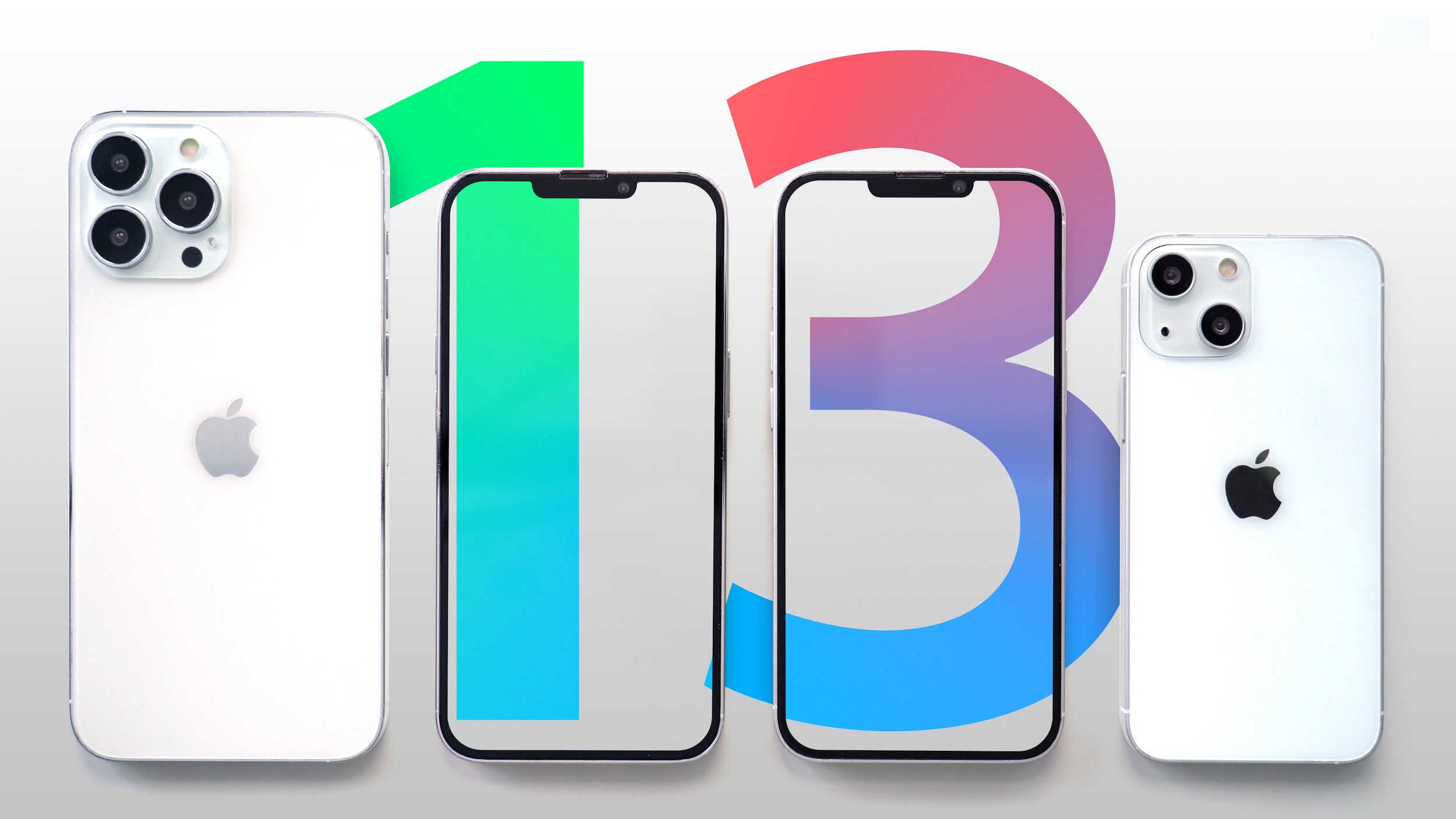
The iPhone 13 will feature low earth orbit (LEO) satellite communication connectivity to allow users to make calls and send messages in areas without 4G or 5G coverage, according to the reliable analyst Ming-Chi Kuo.

In a note to investors, seen by MacRumors, Kuo explained that the iPhone 13 lineup will feature hardware that is able to connect to LEO satellites. If enabled with the relevant software features, this could allow iPhone 13 users to make calls and send messages without the need for a 4G or 5G cellular connection.
The iPhone 13 reportedly features a customized Qualcomm X60 baseband chip that supports satellite communications. Other smartphone brands are apparently currently waiting until 2022 to adopt the X65 baseband chip necessary to implement satellite communications functions.
SpaceX's Starlink is a purveyor of LEO internet connectivity that some readers may already be familiar with, but the LEO satellite communication service provider that is "most likely to cooperate with Apple in terms of technology and service coverage" is said to be Globalstar. Qualcomm has purportedly been working with Globalstar to support the n53 band in future X65 baseband chips.
Kuo explained that the "simplest scenario" for providing LEO connectivity to users is if individual network operators work with Globalstar. This means that customers of a partner network operator could use Globalstar's satellite communication service on the iPhone 13 directly through their network operator with no additional contracts or payments required.
Kuo added that LEO satellite communications is a technology comparable to mmWave 5G in terms of its impact on the network industry and that Apple may leverage both technologies. Kuo says that Apple is "optimistic" about the trend of satellite communications and set up a specific team for research and development of technologies related to it "some time" ago.
Bloomberg's Mark Gurman reported on the existence of this team in 2019, explaining that Apple was looking into new ways to beam data like internet connectivity directly to iPhones and other devices. Apple CEO Tim Cook reportedly made the project a company priority, with the main aim to beam data directly to a user's iPhone without reliance on wireless carriers and network coverage.
In 2017, Apple hired two Google executives with satellite expertise, who are believed to have been leading the team dedicated to satellites and related wireless technologies.
The company is believed to have plans to bring LEO satellite communications to more devices in the future to "provide innovative experiences." These may include Apple's mixed reality head-mounted display device, electric vehicle, and other IoT accessories, according to Kuo.
Article Link: Kuo: iPhone 13 to Feature LEO Satellite Communications to Make Calls and Texts Without Cellular Coverage
Last edited:

